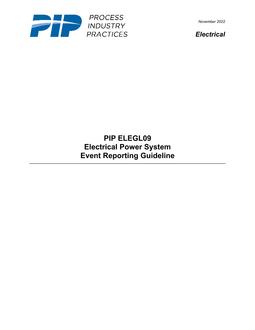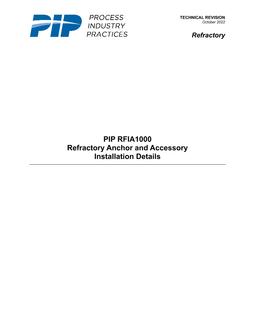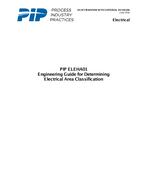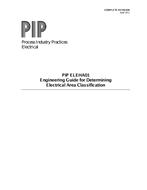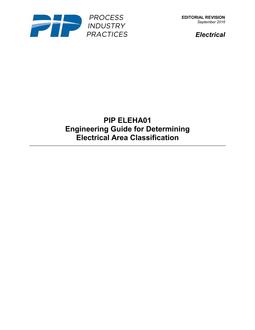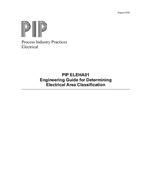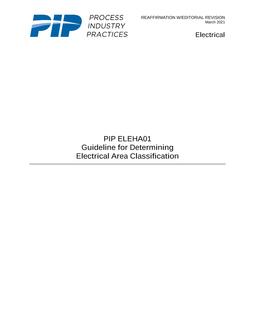
Click here to purchase
This Practice describes an engineering work process for gathering the necessary information and applying the applicable codes and standards to develop a documented area classification. This Practice addresses the classification of areas containing flammable liquids, gases, or vapors and combustible dust, but does not address ignitable fibers and flyings. This Practice applies to petroleum and chemical process facilities and other related industries that fall within the scope of the standards being used for the assessment of the area classification. This Practice is applicable for new and existing facilities. This Practice should be used with petroleum and chemical industry codes and standards that define the basis for area classification.
Product Details
- Published:
- 03/01/2021
- Number of Pages:
- 24
- File Size:
- 1 file , 440 KB
